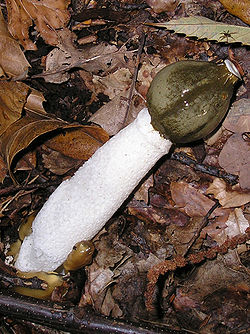This a list of species, genera, and other biological taxa named after human genitals .
Contents
- Epithets
- Plants
- Families
- Genera
- Species
- Varieties
- Fungi
- Orders
- Families 2
- Genera 2
- Species 2
- Animals
- Genera 3
- Species 3
- Subspecies
- Animal fossils
- References



